Virtual Care and TeleMedicine 2025
Lloyd Price
MAY 19, 2024
Executive Summary: The future of telemedicine is expected to be bright, with a significant impact on healthcare delivery. Here are some key trends to watch: Increased Integration: Telemedicine is likely to become seamlessly integrated into standard healthcare practices. Visit www.nelsonadvisors.co.uk

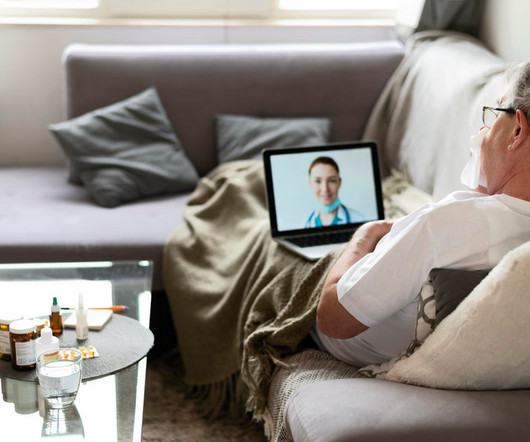


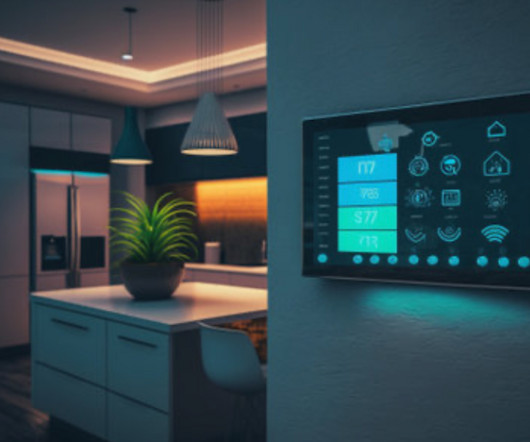
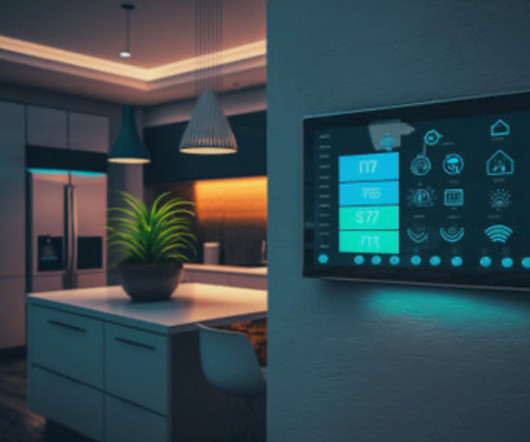

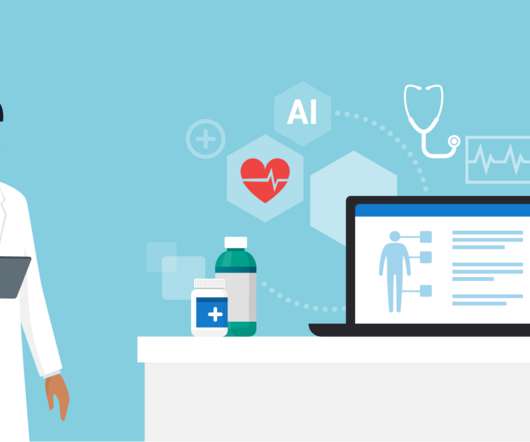
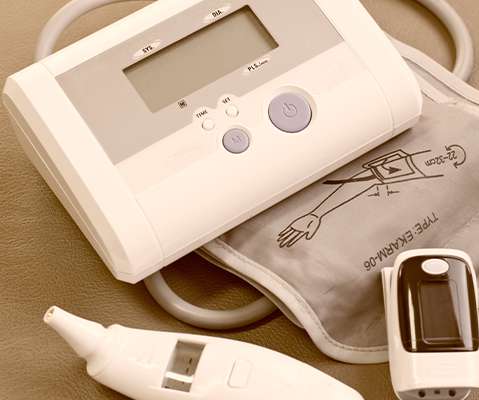








Let's personalize your content